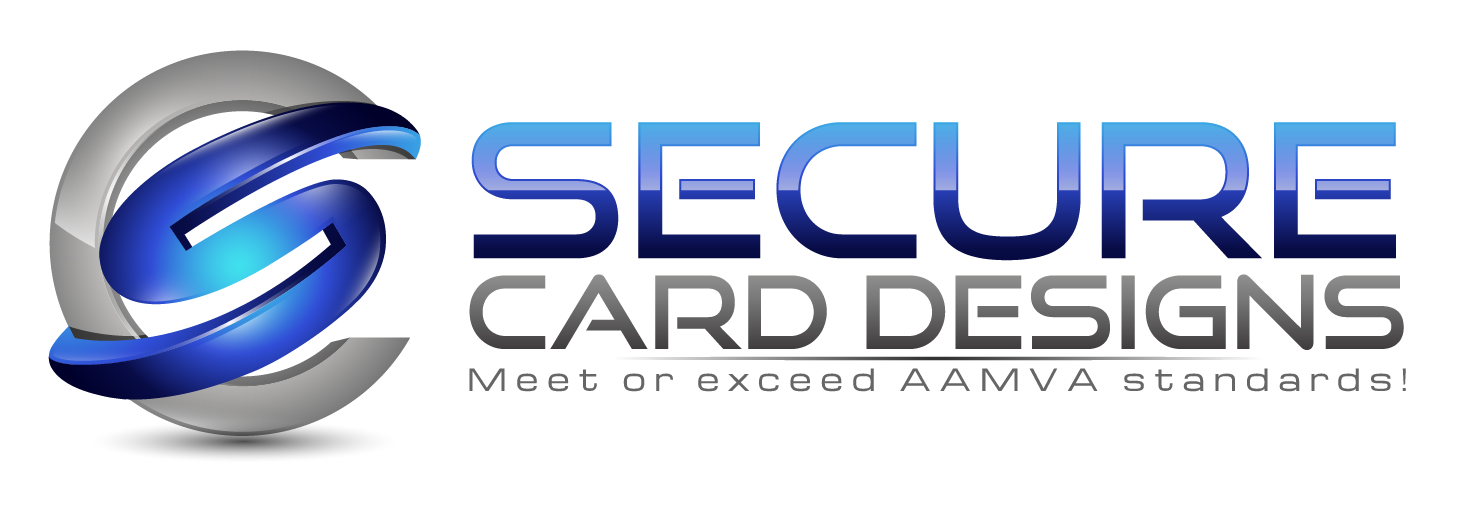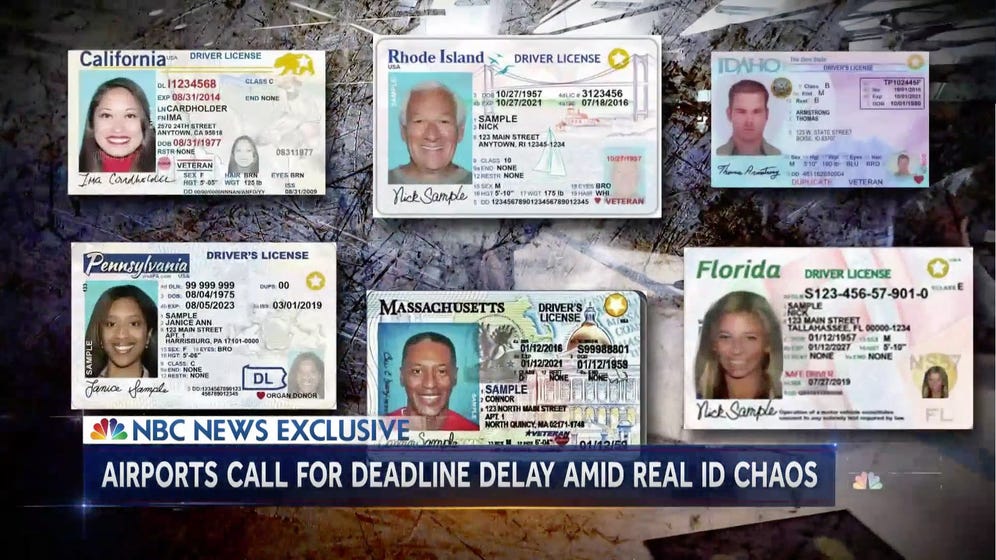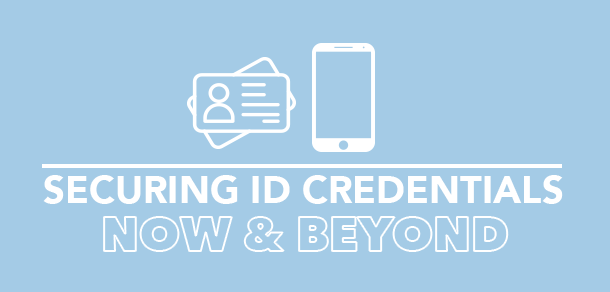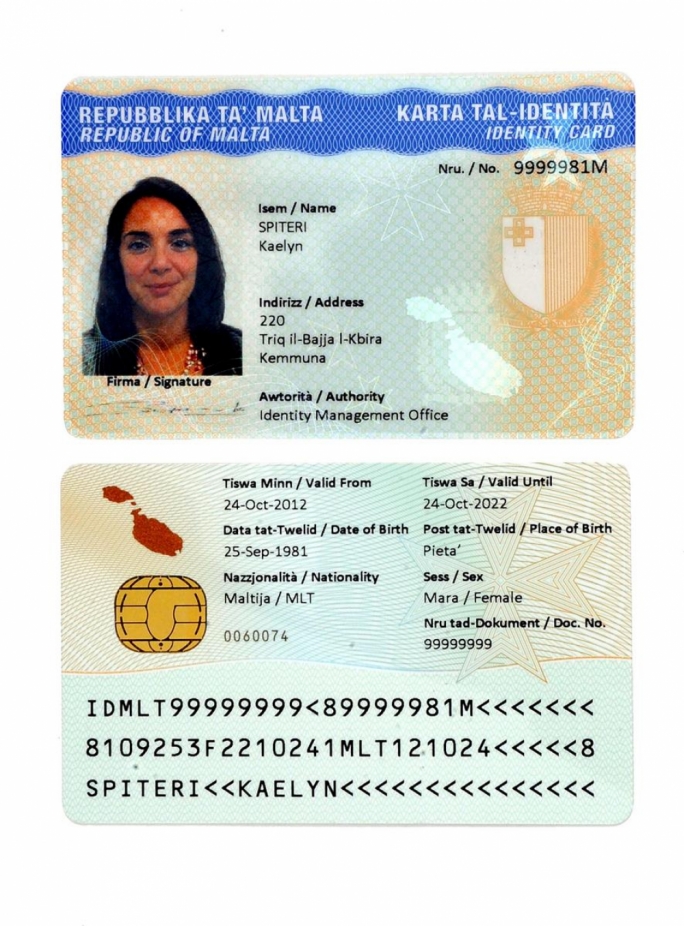Blog
The latest news in card security
The secrets behind designing a secure driver’s license
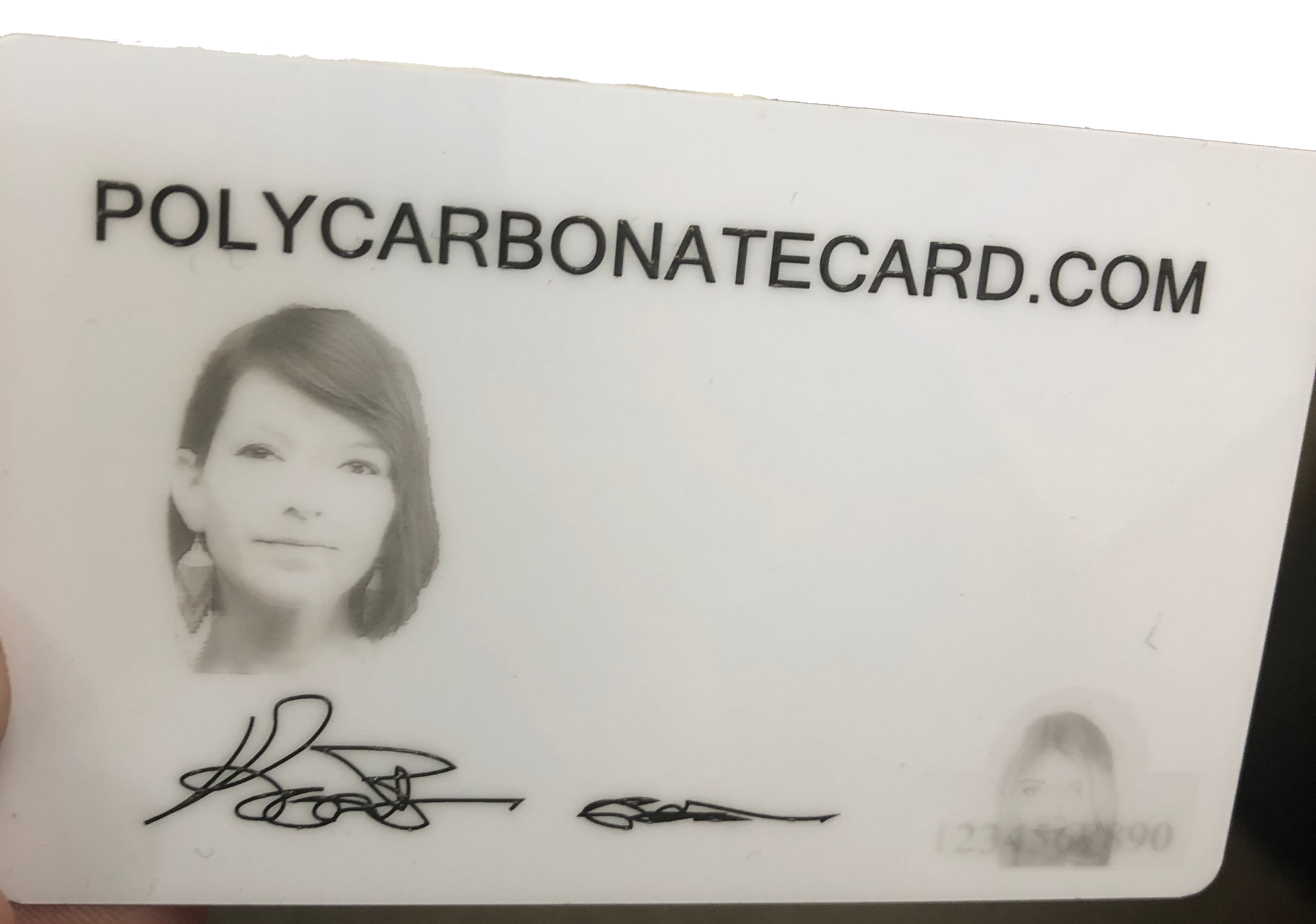
By Rick Outland, technical delivery manager, Gemalto
It's something we carry with us nearly everywhere we go and count on regularly, yet very few people know (or even consider) how it's made and the careful security considerations that go into its design. The modern-day driver's license is often a thing of beauty, both visually and from a security perspective. In pulling back the curtain on how driver's licenses are designed, we'll see that the two are inextricably intertwined and also that there are incorporated features that the average person doesn't even know exist.
If you'll indulge me for a moment, one of the seemingly most boring but actually incredibly important foundational aspects of driver's license design is deciding which substrate (base material) to use. That initial choice directly impacts what other features can go into the credential. Polycarbonate is the more modern substrate and allows for laser engraving of a black and white version of the personalized photo we're all accustomed to seeing on licenses. And here's the first secret: A black and white version of the photo is just as qualified for security purposes as a color version. When color versions are required, it's typically a simple matter of complying with dated state legislation and there are solutions that accommodate, one of which is to use a more traditional blended polyvinyl chloride (PVC)/polyethylene terephthalate (PET) substrate with yellow, cyan and magenta dyes printed on top. Having said that, I'd favor a polycarbonate license with a black and white photo over a PVC/PET license with a color photo any day.
Part of the reason for that substrate recommendation is due to REAL ID Act requirements as well as AAMVA, ANSI and ISO standards for card durability and testing, but diving further into those would really be getting into the weeds of lab work. The other key reason is because of the dynamic security features that polycarbonate opens the door to. Ninety-nine out of 100 people would likely assume that the flashy, colorful holograms that show up on licenses are the most foolproof safeguards against counterfeiting. Well, I'm here to tell you that's backwards. If the end goal is to stay one step ahead of counterfeiters and forgers in order to preserve the integrity and value of a secure ID credential, holograms don't generate that head start. The same is true of mechanical perforation that one might find in the shape of a state or symbol.
Instead, tactile features, edge sealer and translucent features like a window lock are the real heroes of anti-counterfeiting efforts, and some of those are only possible on a polycarbonate license. They may seem mundane or simple at first glance, but they're exponentially more effective and valuable in making tampering and forgery evident. Similarly, guilloche and rainbow printing - which create intricate patterns and naturally blend colors, respectively - as well as lamination that has a built-in refractive element, potentially with intentional errors in microtext, and even flipped images are all more beneficial from a security and authenticity standpoint than holograms.
Another secret: Though our attention is most often drawn to the front of the license, there are actually security features incorporated into the back too. That's valuable real estate that certain jurisdictions choose to use to their advantage by printing photos or dates of birth with special inks, such as one that needs a UV light to be read. Bet you didn't know that there's a good chance your face could be in twoplaces on your ID, just one that's not readily apparent.
The last secret I'll share goes a long way toward instilling trust and confidence in the organizations that design, create, issue and manage licenses. Behind the scenes, many departments and agencies work together with certified experts to hold an annual review of evolving attacks and threats, consistently reevaluating, tweaking and replacing features that make our driver's licenses, and thus our identities and daily lives, more secure. Through that rigorous process and many others along the way, there's much more going on in driver's license design than meets the eye, and thank goodness for that.

Recent Posts
